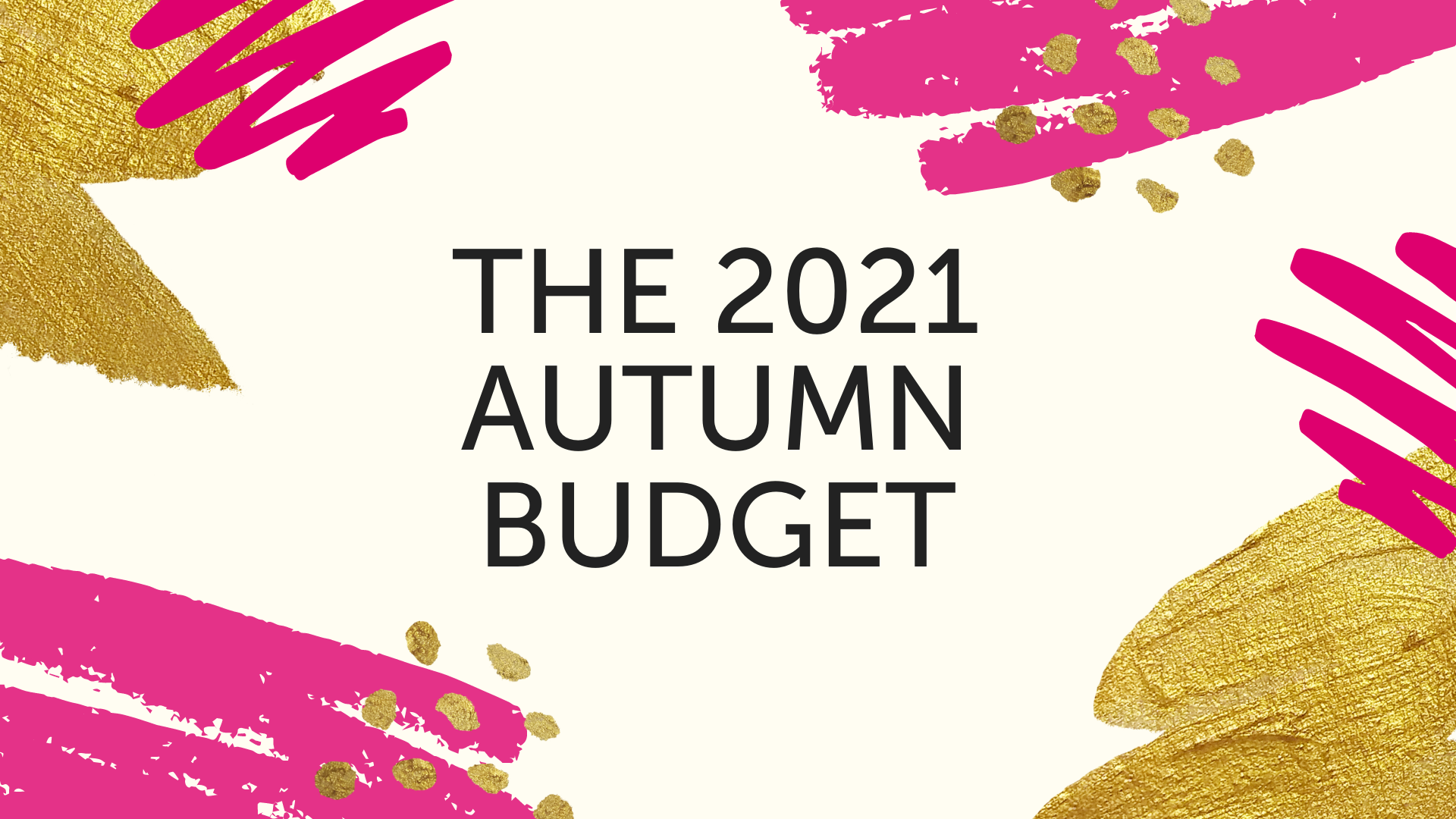Small business owners hopes for some crumbs of comfort from the chancellor in his budget and autumn statement were dashed. The triple hit on small businesses coming from April 2022 is still very much happening.
Watch Paul’s response in this video or keep reading below.
The triple hit?
Hit 1
Corporation tax from April 1 2023 to increase to 25% for companies with profits over £250,000. Companies with profits under £50,000 will be taxed at 19%. Companies with profits between £50,000 and £250,000 will be taxed between 19% and 25%.


Hit 2
The dividend tax rate for basic rate taxpayers will increase from 7.5% to 8.75% from April 2022. Higher rate and additional rate taxpayers will see their dividend tax rates increase by 1.25 percentage points.
Hit 3
In April 2022 all 3 rates of National Insurance Contributions (NIC) will increase by 1.25%. Then in April 2023, the 3 rates of NIC will reduce back down to their current levels and the new Health and Social Care Levy will come into place.

As was leaked this week, small business owners have another hit to their finances….
Hit 4
The National Living Wage is increasing from £8.91 to £9.50 an hour from April 2022.What does this mean for your business? It means that your wage costs – both salary and National Insurance contributions – have increased significantly. We can help you understand what this means for your profits and how income you can safely take out from your business.
So what else was announced in the budget which is relevant for small business owners?
A reform of business rates
- A new temporary business rates relief in England for eligible retail, hospitality and leisure properties for 2022-23. Over 90% of retail, hospitality and leisure businesses will receive at least 50% off their business rates bills in 2022-23.
- The government is also freezing the business rates multiplier in 2022-23. This will support all ratepayers, large and small, meaning bills are 3% lower than without the freeze.
- From 2023, a new business rates relief will support investment in property improvements so that no business will face higher business rates bills for 12 months after making qualifying improvements to a property they occupy.
A reform of R&D tax credits
- The qualifying expenditure will now include data and cloud computing costs
- R&D tax reliefs will at some point be only allowed to be claimed for activities taking place in the UK
- Later on in 2021 the government will set out plans to tackle abuse of and improve compliance with the R&D tax reliefs later in the autumn
Other announcements relevant to small business owners:
- The Annual investment allowance which was raised to £1m temporarily is now being extended to 31 March 2023. After this point, it will revert back to the £200,000 limit.
- The Recovery Loan Scheme will also be extended until 30 June 2022 to ensure that lenders continue to have the confidence to lend to small and medium-sized businesses. Finance will be available up to a maximum of £2 million per business, supporting them to recover from the impact of the pandemic and to grow. The government guarantee will be reduced from 80% to 70% to encourage the lending market to move towards normality as the economy continues to recover.
- Vehicle Exercise duty for HGVs has been frozen and the HGV road user levy has been suspended for another 12 months from August 2022.
- Apprenticeships funding will increase to £2.7 billion by 2024-25 – the first increase since 2019-20. Part of this funding will include, by May 2022, a new enhanced recruitment service for small and medium-sized businesses to help them hire new apprentices. The £3000 apprentice hiring incentive for employers will be extended until 31 January 2022.
- From 2023, the government will introduce exemptions for eligible plant and machinery used in onsite renewable energy generation and storage, and a new 100% relief for eligible heat networks, to support the decarbonisation of buildings.
- Simplification of the Alcohol Duty System. Drinks will be taxed in proportion to their alcohol content.
- Pubs serving draft beer and cider will have their duty rates on these drinks reduced by 5%
- Fuel duty is frozen at 57.95 pence per litre UK-wide for 2022-23
- The duty rates on beer, cider, wine and spirits will be frozen for another year





